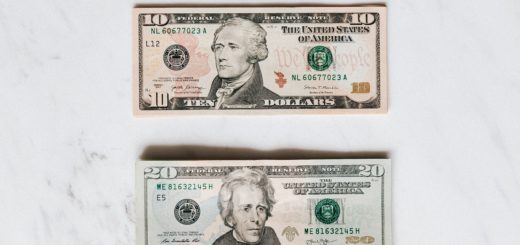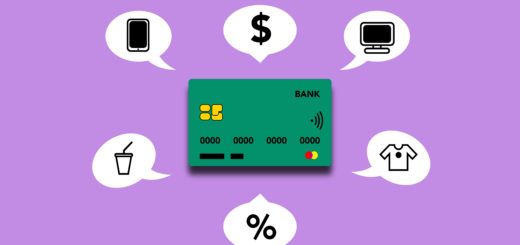Common Pitfalls of Credit Cards

Credit cards are one of the financial industry’s success stories over the last half century since the first general purpose card was invented by Joseph P. Williams of the Bank of America in 1958. Since then, the number of cards issued has risen dramatically. Most adults carry at least one card, with an increasing number of people carrying several. The use of credit cards has skyrocketed recently, but have you ever considered the common pitfalls of credit card use?
There’s no doubt that plastic can be a great convenience. Credit cards make it possible to shop online, by mail order, and by telephone. They remove the need to carry cash. Most credit cards also offer guarantees should you receive faulty goods or bad service paid for with the card.
It’s also widely accepted that credit cards have a serious dark side, although you might not know that by looking at card issuer advertising and marketing materials. Unfortunately, it’s all too easy to rack up debts on your card account. Often you will have little to show for the money you’ve spent. The interest rates charged on these debts can be among the highest in the credit industry. Real problems, up to and including bankruptcy, can result from irresponsible use of credit cards.
Staying Out of Trouble
So, accepting that you want the convenience of a card, how can you ensure that you stay out of trouble?
The first major culprit in building up debt is impulse spending. Paying with a credit card just doesn’t feel the same as spending with cold hard cash. Resist the temptation to ‘put it on the plastic’. Ask yourself if the purchase you’re about to make is one you’ll regret when the time comes to pay for it.
Also avoid using your card to pay bills and other day to day expenses. Unless you plan to repay when your statement comes, use your checking account for everyday things. Credit cards are an expensive way of papering over the cracks of a badly thought out budget. If you really need to borrow then explore other possible options. Consider bank overdrafts, credit unions or even personal loans as these are usually less costly in the long run.
As well as allowing payment for goods and services, most card accounts now let you withdraw cash from ATMs and pay by check. Be very careful when making use of these services, as the interest rates charged on them are usually higher than the normal purchase rate. There is also normally no interest free period, so even if you repay the borrowing at the end of the month it’ll still be a costly exercise.
The Most Important Piece of Advice
Even by following the above steps to minimize your debt, most people will end up carrying a balance from month to month. This is where possibly the most important advice comes into play: never pay just the minimum amount required. Years ago, the minimum payment was fairly high, at 5% of the outstanding balance. These days, the more common figure is 3% or even 2%. If you only repay this small amount each month, nearly all of your repayment will be swallowed up by interest charges, leaving your debt virtually untouched. This situation can increase the amount of time it takes to clear your debt by literally years, and is hugely expensive in the long run. For this reason you should always try to pay off as much as you can each month, even if it’s only a little bit more than the minimum.
Lastly, while we’re talking about repayments, make sure that you set up an automatic monthly repayment for your card account. It’s very easy to overlook making a payment, and the fees charged for late or missed payments are one of the main ways credit card companies make their profits. It’s better to keep the money in your pocket than theirs!




